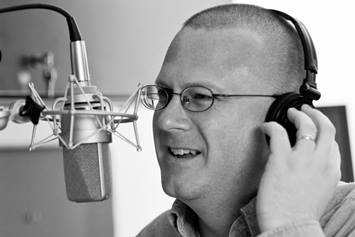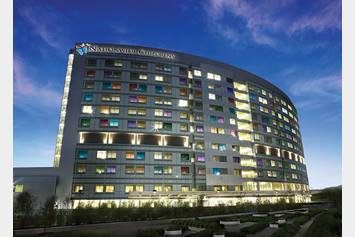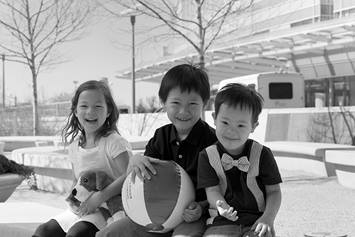Clubfoot
Clubfoot is a condition where a child's foot is twisted out of shape or position. It happens when the tendons (tissues connecting muscles to bones) are too short. This makes the foot point down and inward. Doctors can treat it with special casts or surgery to help the foot grow correctly.
What is a Clubfoot?
A clubfoot is a foot disorder in which the foot turns inward and downward at birth and remains tight in this position. It is a common birth disorder in children. It can range from mild and flexible to severe and rigid. The cause is not known, but the condition may be inherited. Risk factors include a family history of the disorder and being male. It occurs in about one per 1,000 births.
One or both feet may be affected and the feet may not look the same. The clubfoot may turn inward and downward at birth. It may be rigid and resist being aligned, or it may be flexible. The calf muscles are likely smaller than normal and are underdeveloped.
How Is a Clubfoot Treated?
Massage and cast – In some cases the clubfoot can be corrected without surgery. Treatment consists of gentle massage and manipulation of the clubfoot to stretch the tissues that have contracted (tightened up). The tendons, ligaments and bones of a newborn are flexible and fairly easy to put in the correct position. A cast is then applied to keep this correction in place. The cast is removed and changed every week for about 7 to 8 weeks, or until the doctor feels that enough correction has been done(see Cast and Splint Care).
Surgery – In most babies with clubfoot, the Achilles tendon needs to be released, or cut. This procedure is called a tenotomy (ten-AH-toe-me). The tenotomy may be done in the clinic without anesthesia. In this case, a medicine is used to numb the area. A tenotomy may also be done in the operating room with a very thin scalpel while the child is under anesthesia. The tendon will heal and reattach within 2 to 3 weeks.
Finally, after the last cast has been removed, the baby will be fitted with a special splint. This splint will help to prevent relapse. It will be worn 23 hours a day for several months, and at night or during naps for another 2 to 4 years.
It is very important to follow the treatment plan exactly as instructed. A recurrence (the condition coming back) can happen easily, even with treatment. If it recurs additional surgeries may be needed.
Follow Up
Your child will have visits to the orthopedic doctor on a regular schedule. For these visits bring a bottle, toys and a pacifier (if your baby uses one) to calm your baby while the casts are being applied. Call the doctor if the cast seems to be too tight, the toes are not pink and warm or the cast gets wet or breaks.
When to Call the Doctor
Call your child’s doctor if any of these things occurs:
- The cast gets soiled, wet, starts falling apart or becomes dented
- Toes are not pink and warm
- Baby is crying more than usual or is in pain
- Baby has a fever over 101ºF after surgery
If you have any questions, be sure to ask your child’s doctor or nurse.
Helping Hands Patient Education Materials
Written and illustrated by medical, nursing and allied health professionals at Nationwide Children's Hospital, Helping Hand instructions are intended as a supplement to verbal instructions provided by a medical professional. The information is periodically reviewed and revised to reflect our current practice. However, Nationwide Children's Hospital is not responsible for any consequences resulting from the use or misuse of the information in the Helping Hands.
HH-I-231 | ©2004, Nationwide Children’s Hospital



